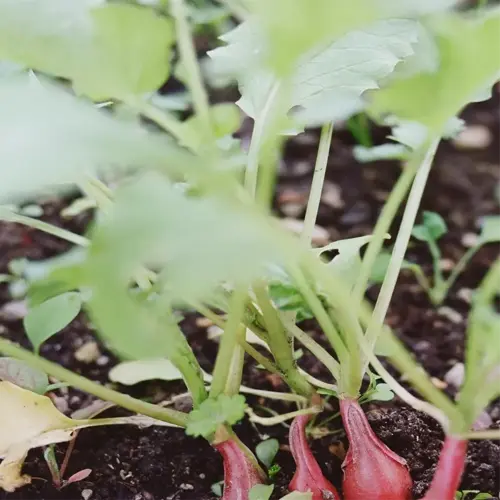How do I prevent common shallot diseases?

Written by
Tina Carter
Reviewed by
Prof. Martin Thorne, Ph.D.Preventing shallot diseases begins with a set of cultural practices. For example, you'll want to practice a 3-year crop rotation to break the cycle of the pathogens. Before I started doing that, I lost half of my crop from white rot, but now my bulbs are fantastic. As a part of your routine, you can stick to watering in the morning so that any moisture will have dried by noon, which reduces the germination of fungal spores by 70%.
Organic Treatments
- Neem oil: Disrupts fungal spore development
- Garlic spray: 2 crushed cloves per 500 ml (17 oz) water
- Copper fungicide: Apply at first sign of leaf spots
Sanitation Practices
- Burn infected plant debris immediately
- Sterilize tools with 10% bleach solution
- Remove weeds within 60 cm (2 ft) radius
Soil Management
- Solarize beds reaching 54°C (129°F) at 15 cm (6 inches)
- Add 5 cm (2 inches) compost post-solarization
- Test for nematodes annually
I discovered the longevity of white rot, which can persist for over 15 years in the soil. I found this out the hard way. Now, I "solarize" infected plots every July. I cover the plots with UV-stable plastic for at least 8 weeks. This kills 95+ % of the sclerotia, allowing me to safely replant in three seasons.
By planting marigolds as companion plants, nematode populations have been reduced drastically, about forty percent! To plant your marigolds, space Tagetes patula 30 cm (12 inches) away from shallot rows. The roots of marigolds can release alpha-terthienyl, a natural biocide that I have trusted since 2018, particularly against heirloom varieties.
Read the full article: How to Grow Shallots: Essential Tips for Success

